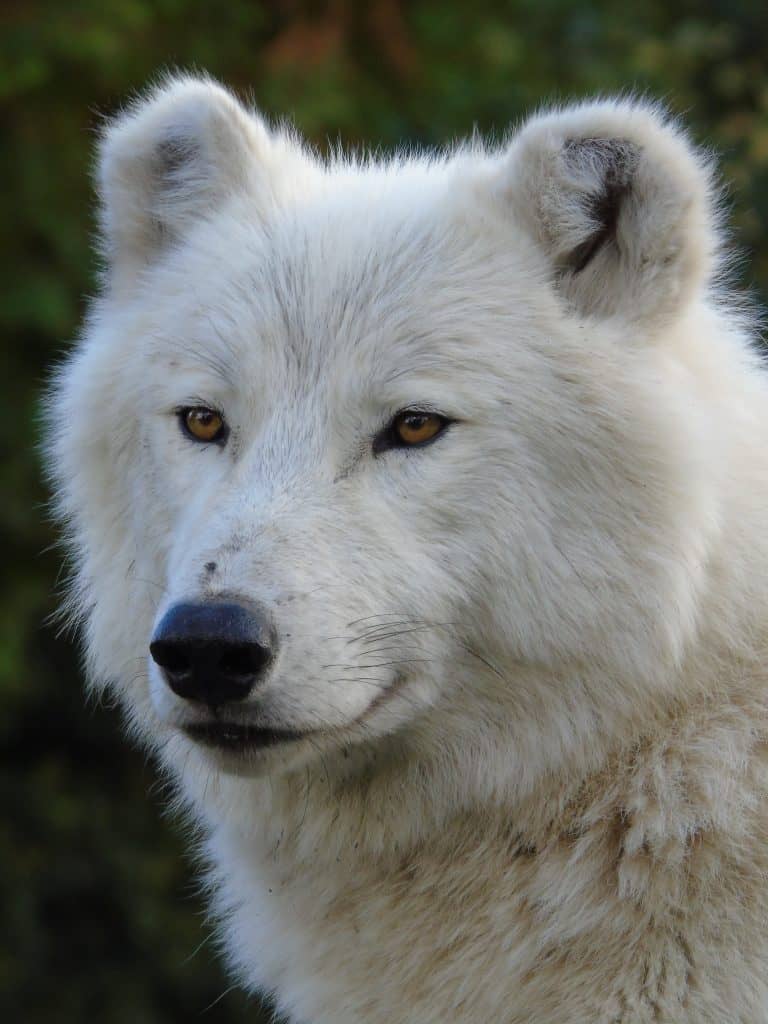It’s Christmas time now and everyone is getting ready for the big day. It’s fair to assume that most of you are very busy, wrapping presents, decorating the house and making sure you have all the trimmings for Christmas dinner.
Well the animals are all busy too. Food is harder to find, the weather is rather cold and the water may be frozen. They do however, have a few tricks up their sleeves.
Fur comes in very useful in the cold climate. It may be thick to provide warmth and waterproof to protect against the bad weather. With some animals including the Arctic fox and arctic hare, colour is everything. In the summer, the coats may be brown or grey but in winter it turns white to blend in with the snow. This helps whether you are predator or prey.
Food is a necessity for all animals and a thick layer of snow brings challenges. Some predators use a special trick to catch prey that have buried themselves. They will stand on their back legs or jump before driving their front paws into the snow. Arctic foxes and polar bears have both been seen doing this. Digging is another way and big paws come in very useful. Reindeer can even use their antlers like shovels moving large quantities.
In polar regions, it may be nighttime for months. This means animals eyes have to be adapted for low light. Reindeer eyes change colour from gold to blue in order to capture more light.
Lowering body temperature reduces their metabolism which in turn reduces their food requirements. Moose are one such example of this.
Their are many different ways an animal may be adapted to survive these harsh conditions. Life can be tough in winter. However it can also be very easy. For some animals that may be just the answer. Several animals hibernate throughout the winter. Who needs to travel miles to find food in appalling weather when you can just sleep all through it. So when the night gets cold, why not make like a polar bear and curl up in bed with a hot water bottle.
Merry Christmas everyone and a happy new year.



